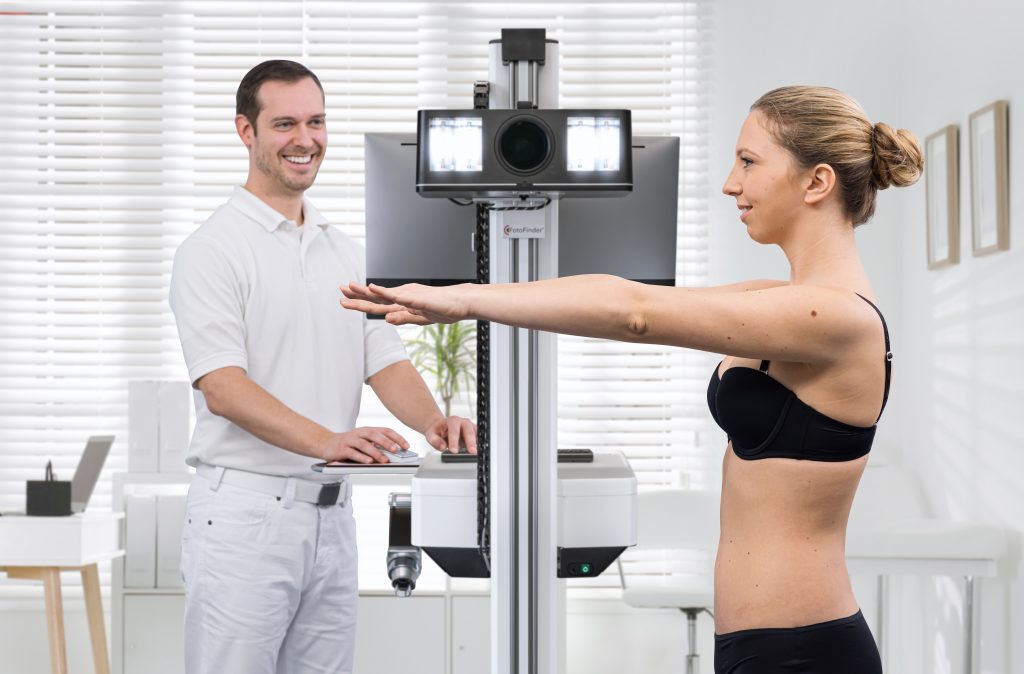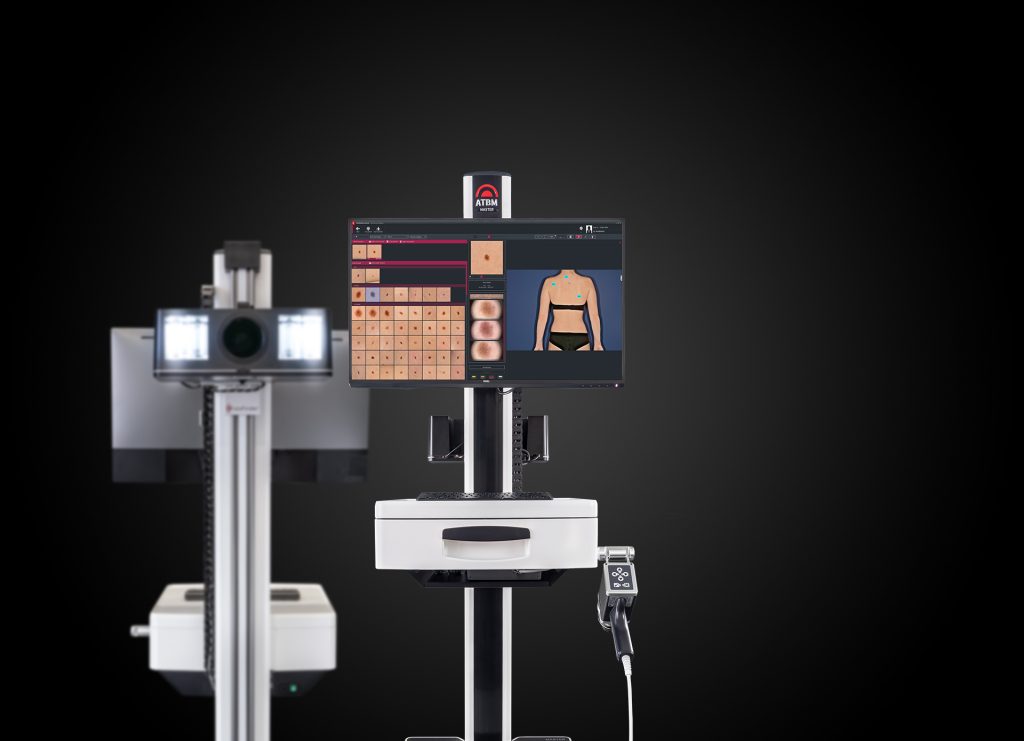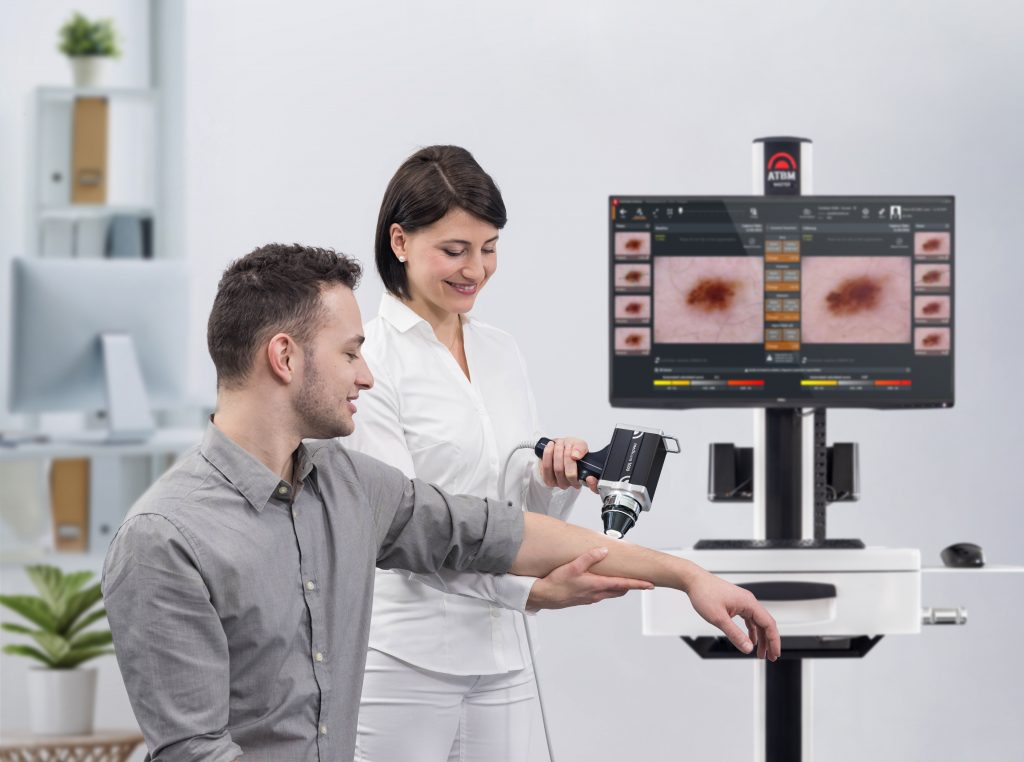Skin safety & the importance of monitoring
Do you know the signs of skin cancer? Here’s the good news, skin cancer is curable if it is detected early enough, and St James hospital in Malta is at hand to help you keep a close eye on your skin. First things first, let’s clear up a few myths. The most significant risk factors … Continued

Do you know the signs of skin cancer?
Here’s the good news, skin cancer is curable if it is detected early enough, and St James hospital in Malta is at hand to help you keep a close eye on your skin.
First things first, let’s clear up a few myths. The most significant risk factors are excessive exposure to sunlight and genetic pre disposition. However, more than two-thirds of melanoma develop “de novo” on healthy skin and not from existing moles.
For optimal safety, tracking the entire skin in addition to individual moles is important. But how? Here’s the solution, an automated total body map of your skin with specialised high-tech photography, known as ATBM – Automated Total Body Mapping.
The benefits of an ATBM procedure are apparent. It allows for complete skin documentation during regular check-ups. During every visit, new photos can be compared to past sessions enabling the visualisation of every change at the earliest possible stage. This forward-thinking service is available at St James Hospital.

How does it work?
Automated Total Body Mapping (ATBM) captures the entire skin surface seamlessly in the long term. We use the high- tech FotoFinder system to create a “body map” of your moles and systematically take photographs of your body – from head to toe and all sides – within a few minutes. It removes the need for unnecessary excisions. Medical professionals’ at St James can obtain a complete evaluation of new or changed lesions instantly during your check-up with the powerful FotoFinder Artificial Intelligence. With this revolutionary software, you can be assured your data will be safe, secure and confidential.
The Power of Video Dermoscopy
In addition, suspicious moles are examined dermatoscopically. With a special video dermatoscope, the clinician can take enlarged pictures of your moles, clearly showing the pattern and structures. The digital storage of your skin images enables objective comparison of previous and current skin findings during regular check- ups. In addition, it allows you to follow your past and present examinations effortlessly on screen.

Are you a high-risk patient?
If you can answer yes to any of the below, please get in touch with St James Hospital.
• Do you have fair skin that is sensitive to sunlight?
• Do you have a particularly large number of moles?
• Do you have large congenital nevi? Do you have atypical moles or moles that have recently changed?
• Did you get sunburn as a child or adolescent?
• Is there a history of skin cancer in your family?
• Did you already have skin cancer?
• Are you exposed to strong sunlight or UV rays at regular intervals?
What to look out for:
• Changes in colour and newly developed moles.
• Changes in the surrounding area of moles, e.g. redness, white colouration, swelling
• Increase or decrease in size, thickness or elevation
• Bleeding moles
• Discomfort, e.g. itching, burning, foreign body sensation
If you have any concerns or would like to find out more, contact stjameshospital. com for more information.








